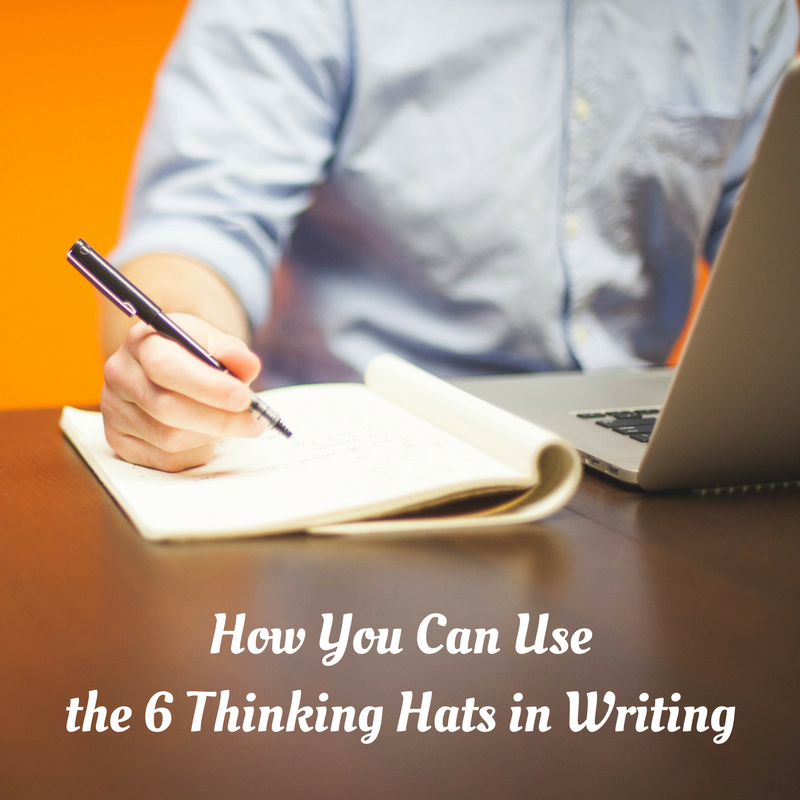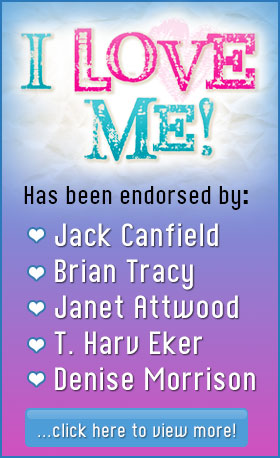How You Can Use the 6 Thinking Hats in Writing
You’ve probably noticed that I love writing. Planning, researching, editing, proofreading… it’s basically engraved in my DNA. You, however, may not be as enthusiastic about writing as I am. I know it can be stressful with all the papers you need to write in History and English (my favorite subject, by the way.)
Even though it’s the end of the school year, and you’re probably looking forward to no more essays and assignments, I’m sure you’ll still need to practice your writing skills, which is why I decided to write about the 6 Thinking Hats formula that you can use to write more effectively.
What makes a good essay or report? I suggest 6 main keys that can make your writing a success:
- Focus – Stick to your main topic, or thesis. Make sure your topic is supported by all aspects of the essay. Your thesis should be broad enough to explain in detail, but narrow enough to really hone in on your main focus.
- Development – Support every claim you make with evidence. Use examples from personal experience, details, facts, statistics, reasons, and other arguments to your advantage. Don’t just say something is true, show why or how it is true.
- Audience Awareness – Put the needs of the audience, or reader, first. Choose a tone that does not insult or talk down to the reader; and written at a level that your readers will understand. Also make sure not to make unfair judgments about any gender, race, religion, class, or value systems.
- Organization – Organize your ideas into paragraphs. Use transitions and key words carefully. Pay attention to the order the paragraphs are in, they should be logical and support the main subject.
- Correctness – As a grammar police, this is obviously my favorite part! Display correct sentence grammar, punctuation, sentence unity, agreement, syntax, and spelling. Take control over sentence structure and sentence form. I love reading and re-reading my work (and other people’s work) to make sure it’s all just right.
- Research and Citations – Know how to find outside information to support your arguments. Google, books, magazines, biographies, etc. are all good resources, but also make sure to find reliable sources that you can trust. Cite outside research correctly, and give credit where another writer’s words or ideas are used.
These 6 tips are really helpful and I’d advise you to keep them in mind. Sometimes the problem for us, though, is not knowing what the steps are, but practicing them, and that’s where the 6 Thinking Hats come in handy.

Six Thinking Hats is a system designed by Edward de Bono. He describes these hats as tools for group discussion, individual thinking, and problem solving, but I think these tips are especially helpful in writing. Here they are:
The White Hat: Information, Statistics, and Facts…
Is your essay going to bring value to the readers?
The white hat can be broken up into 5 sections, information we have, information we’d like to have, information we need, information that is missing, and sources for getting missing information.
- Information We Have – We can find information by taking a close look at what we already known. Each fact can be examined for its significance.
- Information We’d Like to Have – Include everything that comes to your mind. Deciding whether there is a way to get information or how urgently it is needed later. Sometimes there are ways of getting information that at first seem impossible.
- Information We Need – Prioritize what you need over what you would like to have. What’s the minimum information you need to have before we can move forward
- Information That is Missing – Pinpointing exactly what information is missing.
- Sources for Getting Missing Information – List sources of information and plan how to get information. Never complain that the information is missing. Go out and get it.
The Yellow Hat: Brightness, optimism, value, benefit…
What stories is your essay going to have?
See the value in other ideas, then look around to see how the value can be enjoyed. Who will reap the benefits? How are the benefits going to be enjoyed? Support the benefits that are claimed. Have reasons why something has value or might work.
Any idea is only one way of carrying out a concept. Keep in mind there may be better ways. Keep the concept alive for later revision.
The Black Hat: Judgment… think about why something may not work.
Spot the difficulties and dangers; where things might go wrong. This is one of the most powerful and useful of the Hats, but make sure not to overuse it.
What ideas may not work?
Whenever you get an idea, make sure the idea fits the circumstances. Point out things that do not fit the facts, regulations, strategy, your experience, or your values. Also draw attention to any faults in your ideas. Once you see them, you can think of ways to overcome them. Then, we can either design ways to avoid the problems or be prepared to address the problems if they do come up.
The Red Hat: Feelings and Intuition
Is it expressive/real?
The Red Hat signifies feelings, hunches and intuition. When using this hat you can express emotions and feelings and share fears, likes, dislikes, loves, and hates.
Red Hat Thinking is very valuable because it makes clear that intuition, feelings, and emotions are going to be expressed as such. If feelings are present, it is helpful to know what these feelings are.
Feelings and intuition cannot be checked out, so it is unwise to use by itself for decision making. However, intuition, hunches, feelings, and emotions have a high value as “ingredients” in the thinking that leads up to a decision.
Red Hat Thinking includes a wide variety of possible feelings. On the positive/negative scale, people may report everything from detesting an idea to being wildly enthusiastic. More subtle feelings are also included: feeling curious or mildly interested, being uncertain, finding something boring, etc.
The Green Hat: Creativity…
What can you add that will interest the reader?
Creativity is a matter of investing time in generating ideas. You won’t get a wonderful idea every time you use Green Hat Thinking, but if you do not put forth any effort, you may not get any new ideas at all.
The simplest form of creative effort is to look for alternatives. Even if these are well-known, it’s a creative effort to recall and list them. The minimum creative effort during Green Hat Thinking is to think of alternatives.
Focuses on creativity; the possibilities, alternatives, and new ideas. It’s an opportunity to express new concepts and new perceptions.
The Blue Hat: Second Thoughts…
What stays and what goes?
Blue Hat questions include these kinds of things:
- What is the subject?
- What are we thinking about?
- What is our goal?
Here we’re referring to making a plan for using the hats as well as for how and when we’re going to handle any other activity during the meeting.
It is part of Blue Hat Thinking to state conclusions and reach agreement on your revision of the stated conclusions. Note new ideas and approaches that have been considered, and review the summary.
These “hats” are very helpful when it comes to writing, because you can see all aspects of your piece of work. I’m sure it’ll help you the next time you need to write a persuasive essay. These tips have helped me in writing, and I find that as you ask yourself questions, you can find the answers within yourself. Writing, for me, is a mode to express myself, and I pour my soul into my work. Hopefully you can learn to be passionate about it as well.
Happy writing, everyone!
[elisha]




